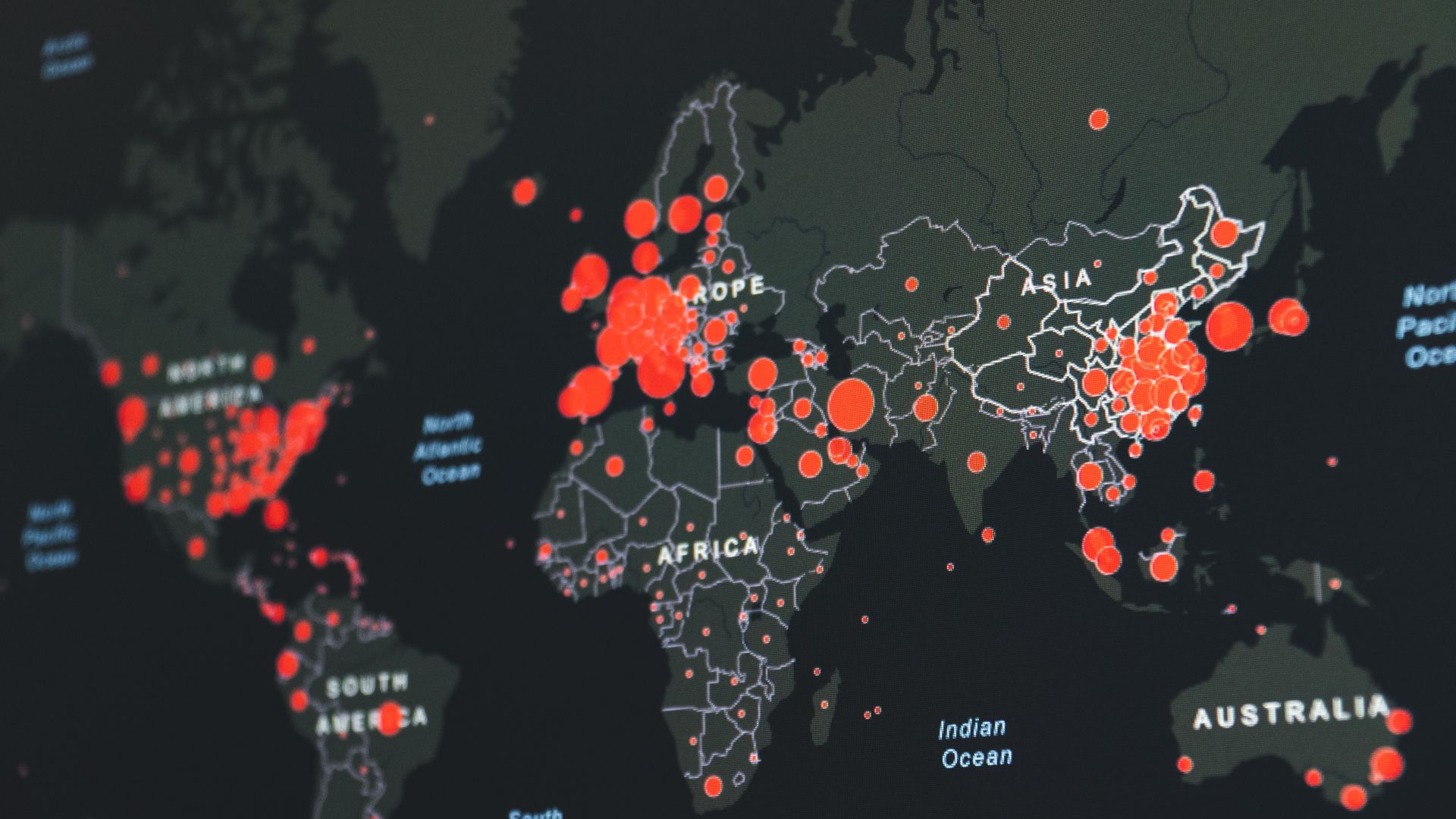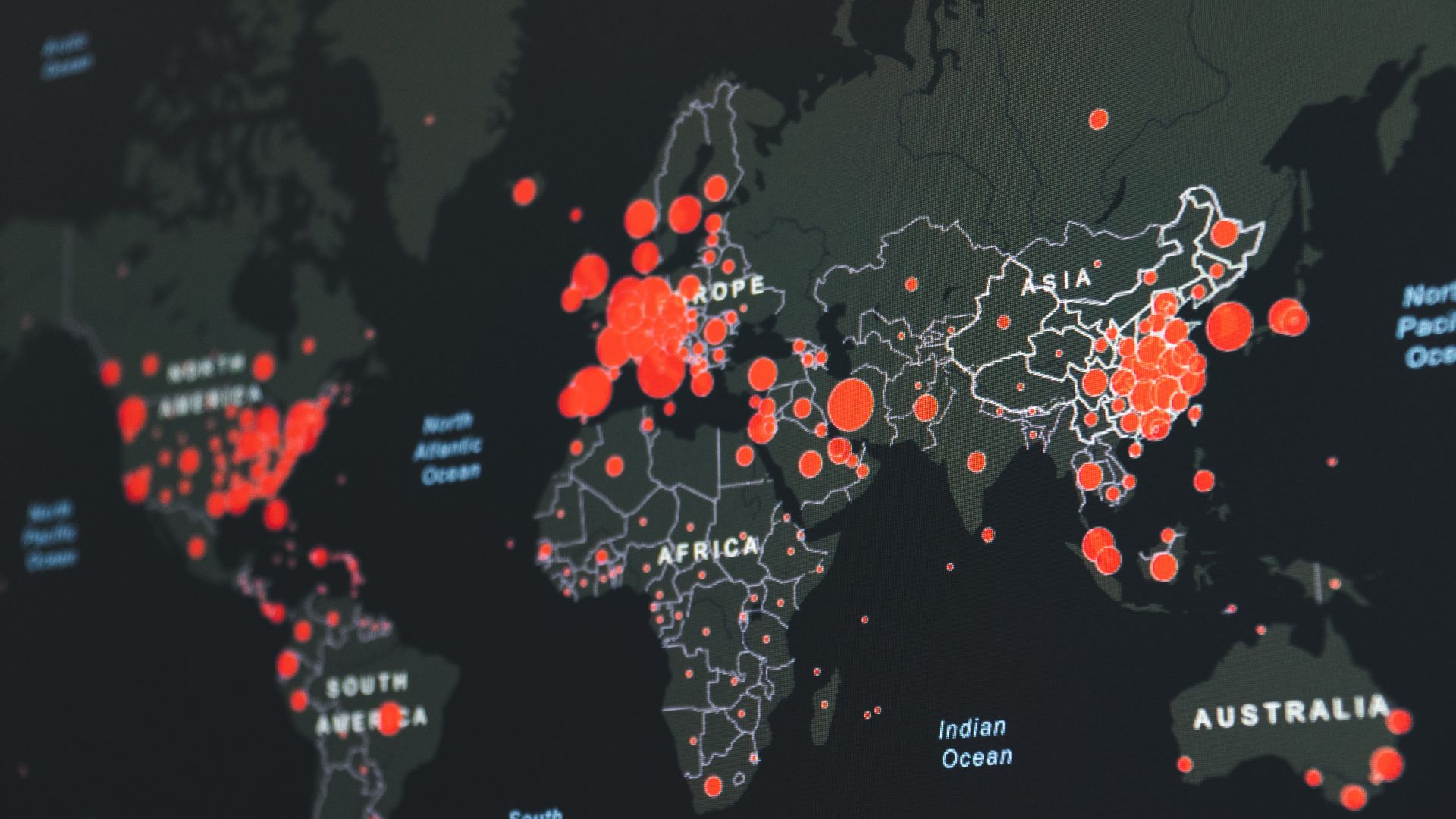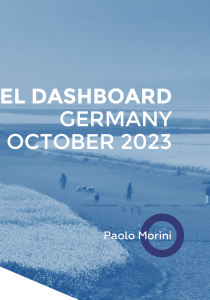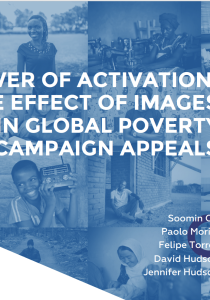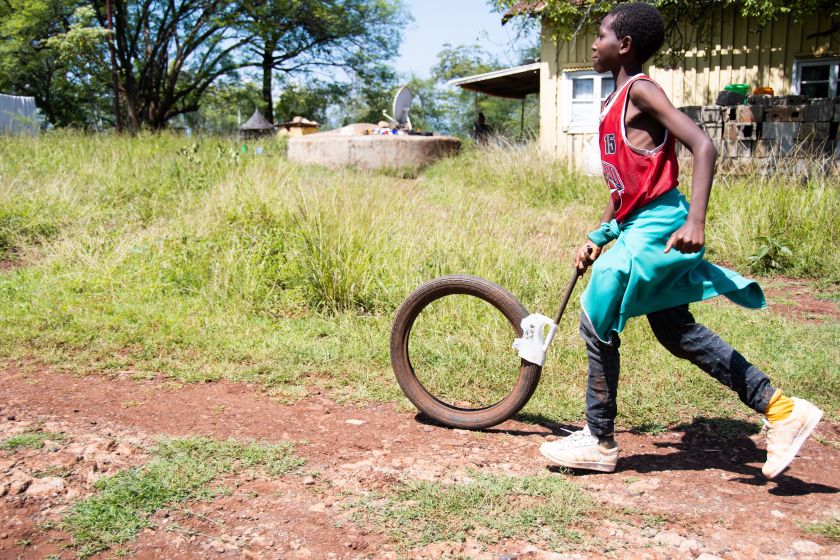
What types of aid projects do donor publics prefer? We know that corruption thwarts public support for aid, but does an understanding of a project’s effectiveness outweigh concerns about poor governance? What about region: Do the public prefer to see aid sent to certain countries? Finally, given the choice of channels – governments, NGOs or the private sector – who does the public think is best equipped to deliver aid? In a new working paper surveying respondents in Germany, France, Great Britain and the United States, the Development Engagement Lab puts these attributes side by side to answer old and new questions, with a few surprises. How do the ‘knowns’ of preferred type of aid and concerns about corruption and need interact with less explored factors, namely, the project’s effectiveness, regional preferences, and who delivers the programmes?
To understand donor preferences, respondents were shown two different aid projects, with attributes including the purpose of the aid (e.g. WASH or infrastructure), the region it would be sent to, country ties (e.g. historical or economic ties between the donor and recipient countries), level of extreme poverty, the project’s effectiveness, mode of delivery, the state of governance in the recipient country and any conditions attached to the aid. These attributes were randomly assigned, and respondents were asked to indicate which project they support more. Their preference was measured as a simple choice of Project A or Project B.
Location matters less
At DEL, we are often asked if there is a regional preference for overseas aid. We were somewhat surprised to find that respondents in this study showed no strong preference for specific regions receiving aid. The exception was the Middle East and North Africa, for which respondents were significantly less likely to support aid projects.
It has been shown that biases—be they geographical, racial, or ethnic likely steer regional preferences, a notion echoed by Europe’s high level of support for Ukrainian refugees in contrast to those from other regions. Yet, our findings show that when pitted against attributes like the level of need or presence of good or bad governance in the recipient country, regional preference takes a backseat.
Who delivers?
What about the public’s appetite for private sector delivery of aid programmes vs. delivery by NGOs and non-profits? Close readers of DEL data will remember that the public generally think that the private sector can make more of a difference tackling poverty in poor countries than NGOs and development organisations. When we’ve asked previously about ‘making a difference,’ we haven’t specifiedy if this is simply giving money, making policy decisions, or delivering programmes, but in this study, we asked the public specifically who they want to see deliver aid programmes, and found they have a slight preference for NGOs and aid organisations. It’s possible here that the public have made a rather nuanced distinction between resource and monetary capabilities and actual expertise; an exciting opportunity to get more specific in communicating the sector’s advantage to the public.
Need and effectiveness
We know from previous research, reaffirmed in our latest study, that people in Germany, France, Great Britain and the United States are inclined towards programmes that secure access to basic needs like water, sanitation, hygiene (WASH), food security, and health. Meanwhile, long-term development efforts like infrastructure development, social protection, gender equality, and environmental projects don't tend to enjoy the same level of public backing. This study reaffirms that finding, while also confirming that recipient’s level of need is a robust driver of support. The public show a strong preference for programmes targeted at countries with high levels of extreme poverty over those with low to medium levels of poverty.
While people prefer giving aid aimed at basic needs to countries with high levels of poverty, many of our sector readers will be aware that the public are also less likely to want to give aid to countries that are poorly governed, particularly if there are high levels of corruption. This proved to be the case in our study, as aid projects directed at countries with a weak rule of law and high corruption levels saw significantly less support.
But could another factor, namely the perceived level of a project’s effectiveness, potentially take the edge off those concerns? This study reveals that perceived effectiveness is a strongly decisive factor for public support. In our survey, we explicitly stated whether the aid project options were deemed effective or not. Unsurprisingly, describing a project as less effective has the strongest negative impact on public support – stronger than describing weak governance or low levels of poverty in the recipient country. People crave effectiveness, direct outcomes, good value for money and transformative impacts. That said, organisations can’t predict the future - how can they make use of the effectiveness bonus if they can't advertise the effectiveness of an ongoing project? We think organisations can act on this insight by drawing on their own track records.
But how?
This finding about the public’s preference for ‘effective’ programmes presents a somewhat vexing dilemma: It’s clear from this research that effectiveness earns a bump in public support, but since organisations can’t look into a crystal ball and predict a programme’s effectiveness, we think instead they should highlight previous projects that bear some resemblance to those at hand in order to communicate to the public a high potential for effectiveness. It’s true that no two interventions are alike, but by sharing institutional knowledge and strong experience deploying public funds, we think the public are likely to respond positively.
It’s clear that the public want to provide aid where it’s needed most – both to the most impoverished contexts and aimed at the most ‘fundamental’ of needs, like water and health. We’ve written plenty about emphasizing the interconnectedness of less popular issues like gender equality, infrastructure development with more perceived ‘high-need’ issues like WASH, climate and health by talking about resilience and sustainability. This strategy could help the public grasp a longer, more realistic continuum of need. This study’s findings make that strategy all the more essential. Together with a new strategy for communicating effectiveness, the sector are well on their way to a more nuanced conversation about defining the need for aid and better utilizing the track record of who delivers it.















